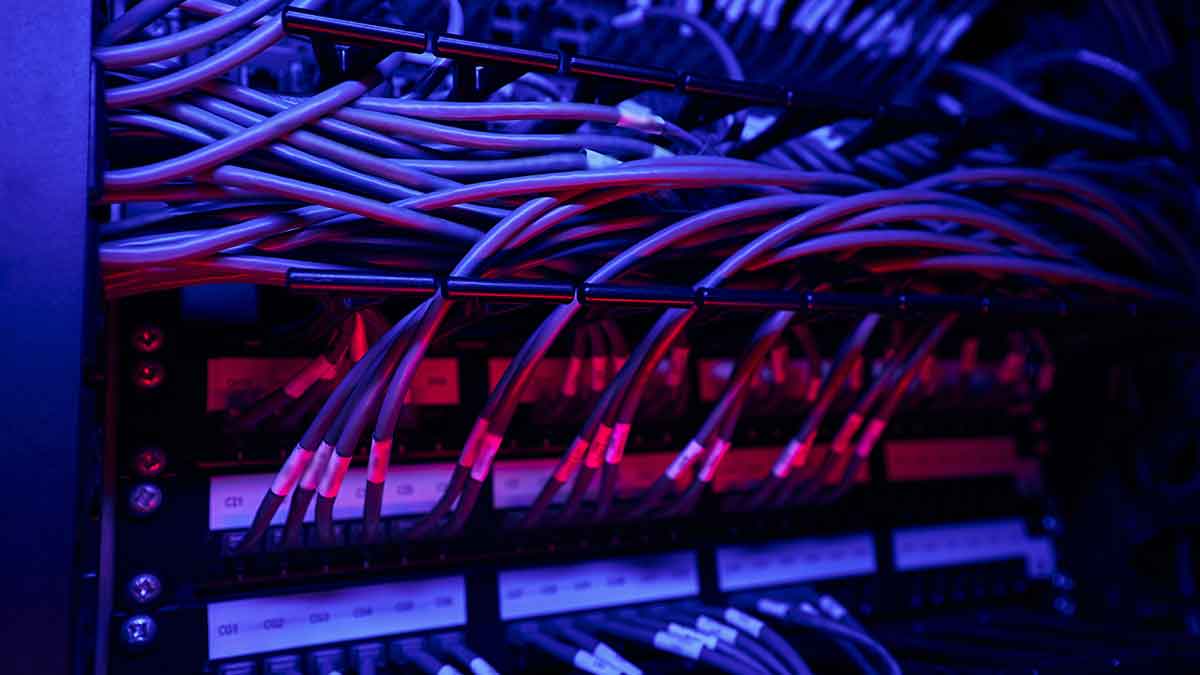IoT is a powerful tool for process automation and efficiency in many industries, such as healthcare, retail, and manufacturing. That is why the uses of IoT for energy management have gained attention from consumers, businesses, and even governments.
IoT energy management systems offer an array of benefits beyond the electric power supply chain. Moreover, they allow for new smarter grids that promise unprecedented savings, security, and efficiency.
We have already mentioned that IoT-based energy management solutions offer a variety of benefits to all parts of the supply chain, including consumers and electric utilities. Next, we will minutely explain the benefits that IoT technology has:
Reduce Energy Consumption
Firstly, smart metering, real-time monitoring of power consumption and data-driven forecasts help all parties in the supply chain to better manage spending and investment and to reduce waste.
Minimize Carbon Emissions
Secondly, the energy sector has undergone substantial changes to help meet the requirements of new regulations. To aid in reducing their carbon footprint, companies are increasingly combining energy management software with other solutions. This ultimately allows them to optimize their resources, analyze their environmental impact and take corrective actions.
Comply with Regulations
Companies can use IoT to manage energy in their daily operations, but they can also use analytics tools to help them comply with environmental regulations.
Integrate Green Energy
The transition to green energy is inevitable, therefore, industries are integrating clean energy strategies into their operations.
In addition, utility companies can use energy monitoring sensors to monitor performance and power consumption to better understand how they can maximize renewable energy in their offerings.
Optimize Asset Maintenance
The benefits of the Internet of Things in the energy sector are numerous and extend beyond energy efficiency. For instance, connected technology sensors and data analytics are used in industrial facilities to monitor and analyze the performance of machinery and equipment. Let us not forget the wide adoption of IoT within the renewable energy sector (solar farms, dams, among others).
Automate Processes
Also, producers can automate on-site asset management and maintenance operations by using IoT-based monitoring systems. To automate dynamic pricing calculations, utilities generally rely on data regarding power consumption.
Modernization is a huge investment made by utilities, power distributors, and producers to achieve smart energy management with IoT. By doing so, they modernize their operations to increase automation and reduce labor effort.
Reduce Operational Costs
Automated labor, efficient asset maintenance and automation all contribute to drastic reductions in operational costs.
Advanced analytics software can help bring down the time and effort required to calculate, report and analyze energy.
Plan Accordingly by Predicting Consumption and Spending
Combining an energy management system with IoT and machine learning algorithms gives you a tool that can aid in predicting future energy consumption.
These insights give way for energy companies to develop a data-driven strategy in energy production and assist utilities with improving their demand-based pricing models.
Recognize and Fix Malfunctions
In addition, predictive algorithms are also useful for identifying potential issues in operations before they occur and taking preventative actions instead of dealing with the real damage.
As an example of this, energy providers can use data on energy consumption trends to predict load spikes and offer incentives to balance the demand and avoid overloads.
Take Action Right Away to Help Address Accidents and Outages
Smart analytics systems can be used to help lower damage and solve problems in cases where a predictive approach cannot be applied (e.g., accidents or blackouts caused by natural causes). Operators can use sensors’ data to locate the problem and figure out the extent of the damage. Then, they can create a repair plan.
These are essential benefits, but not the only ones, of IoT’s combination with energy management systems.





